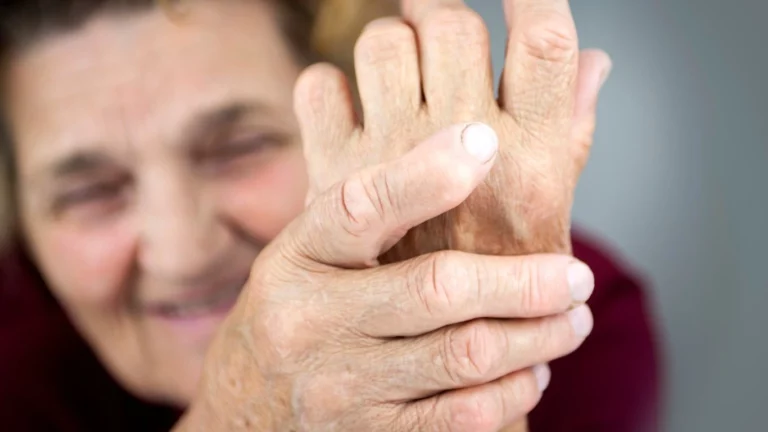Effective Rheumatoid Arthritis Daily Stretches to Ease Joint Pain
Living with rheumatoid arthritis can feel like an uphill battle, especially when your joints are stiff and painful every morning. From my years working as a Rheumatology nurse practitioner, I’ve seen firsthand how incorporating rheumatoid arthritis daily stretches into your routine can make a noticeable difference—not just physically, but mentally too. It’s not about pushing through pain or forcing your body into uncomfortable poses. Instead, it’s about gentle, consistent movement that supports your joints, improves flexibility, and ultimately helps you reclaim some of that lost comfort in your day-to-day life.
Why Daily Stretching Matters for Rheumatoid Arthritis
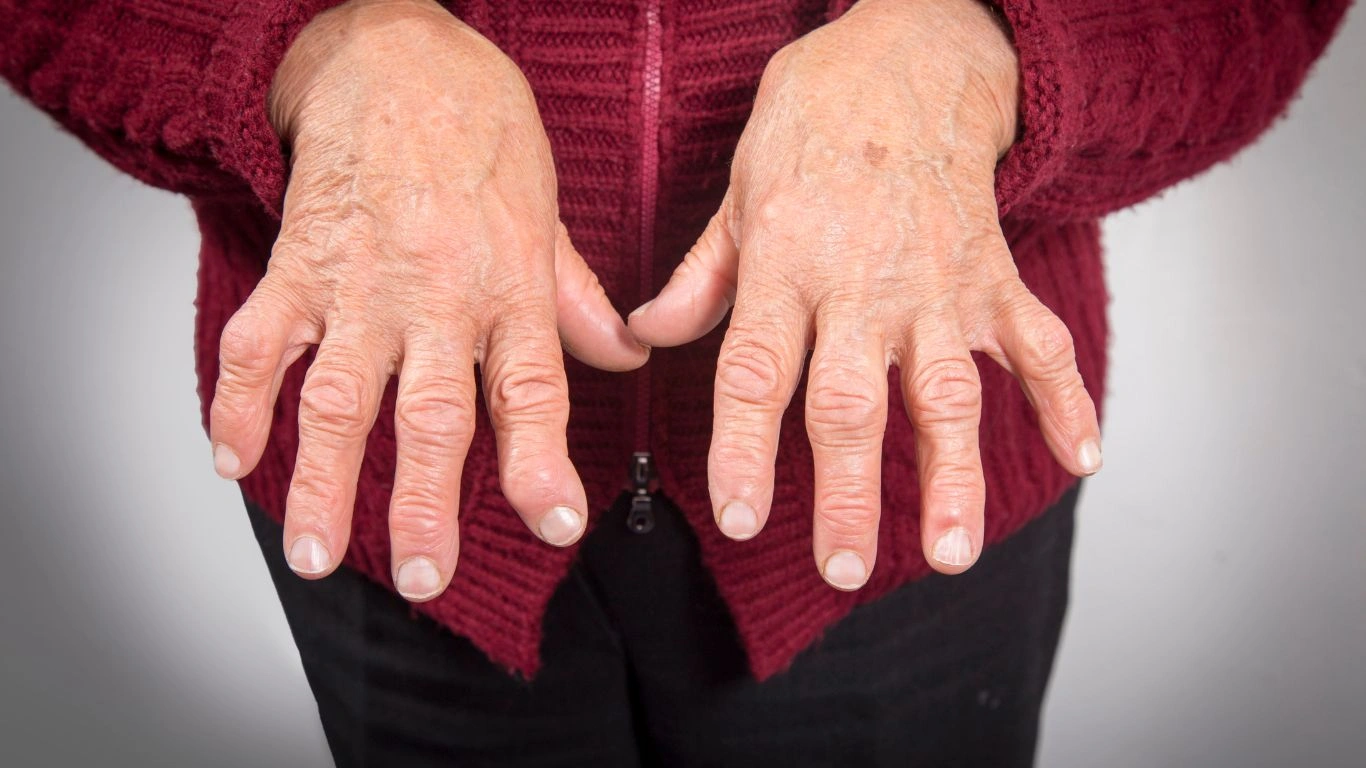
Rheumatoid arthritis (RA) is more than just joint pain—it’s a chronic inflammatory condition that affects the lining of your joints, causing swelling, stiffness, and sometimes deformity over time. One of the biggest challenges patients face is morning stiffness, which can make even simple tasks feel daunting.
In my clinical experience, patients who commit to daily stretches tailored for RA tend to report less morning stiffness and greater ease in moving throughout their day. Stretching helps by:
- Reducing joint stiffness: Moving joints gently keeps them lubricated and flexible.
- Maintaining muscle strength: Stretched muscles around affected joints provide better support and reduce strain.
- Improving circulation: Better blood flow helps to reduce inflammation and promote healing.
- Enhancing mood and energy: Regular movement triggers endorphins and gives a sense of control over the condition.
Of course, the stretches need to be safe and manageable, which is why a customized approach—often developed with your healthcare provider—is key. What works for one person might feel uncomfortable or too intense for another.
Top Principles for Safe Rheumatoid Arthritis Daily Stretches
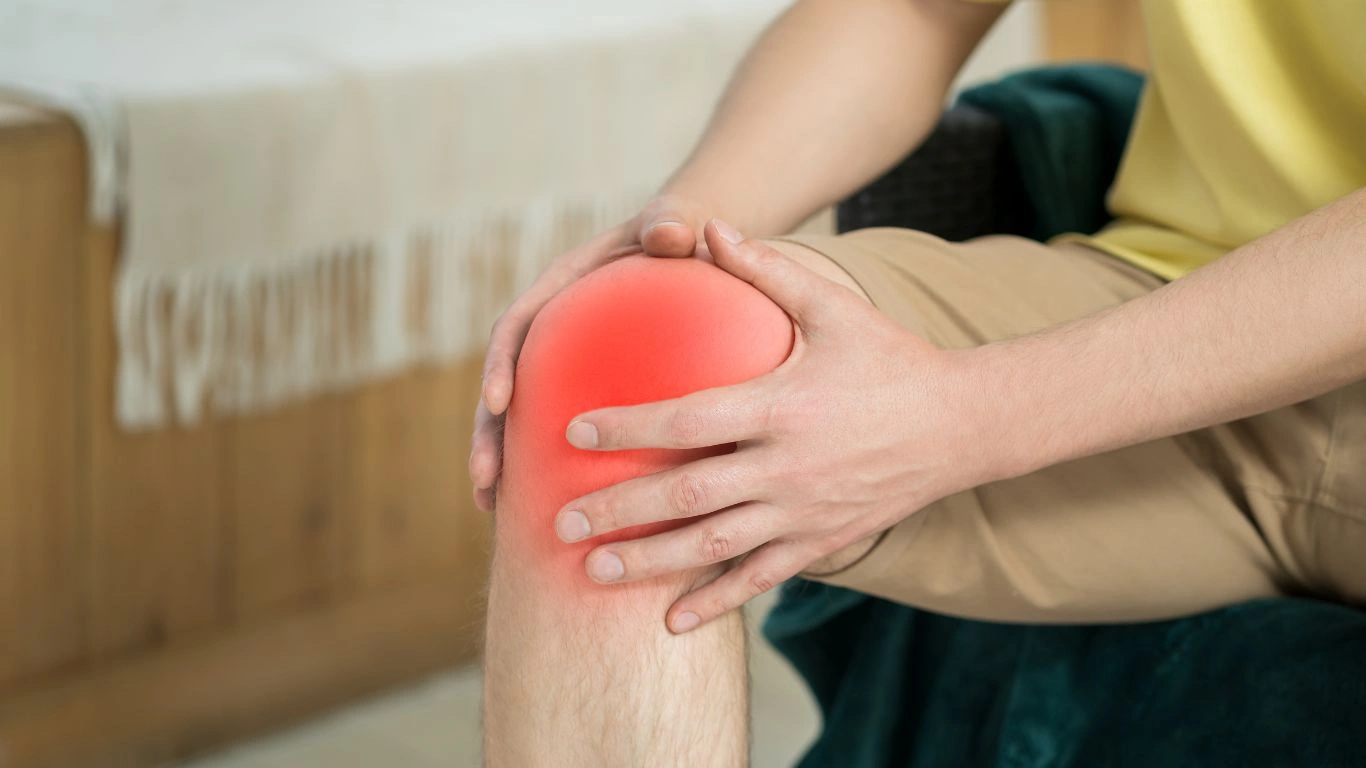
Listen to Your Body
This might sound like a cliché, but it’s absolutely crucial. When I guide patients, I always stress that stretches should never cause sharp or worsening pain. Mild discomfort or a gentle pulling sensation is normal, but if anything feels too intense, it’s time to pause and reassess.
Consistency Over Intensity
You don’t need to push yourself to extremes—especially when your joints are flaring. Instead, aim for daily movement, even if it’s just for a few minutes. I often remind my patients that the benefits come from regular, gentle engagement, not from a one-time vigorous session.
Focus on Key Joint Areas
Since RA often targets specific joints like the hands, wrists, knees, and feet, these areas should be the primary focus during stretching. Keeping these joints mobile can help you maintain function and slow down stiffness progression.
Warm Up First
Starting your stretches with a warm-up, such as a few minutes of slow walking or gentle arm swings, can make a big difference. Warm muscles and joints respond better and are less likely to get irritated.
Simple Daily Stretching Routine to Get Started

Based on what I’ve seen work best in my practice, here’s a gentle routine that’s easy to fit into your day, especially if you’re just starting out.
- Finger and Hand Stretch: Extend your fingers wide, hold for 5 seconds, then gently make a fist. Repeat 5 times.
- Wrist Circles: Slowly rotate your wrists clockwise 10 times, then counterclockwise 10 times. This promotes flexibility and eases stiffness.
- Knee Extension: While seated, straighten one leg and hold for 5 seconds, then lower it back down. Alternate legs for 10 repetitions each.
- Neck Stretch: Tilt your head gently to one side, bringing your ear toward your shoulder, and hold for 10 seconds. Repeat on the other side.
- Shoulder Rolls: Roll your shoulders forward slowly 10 times, then backward 10 times to relieve tension.
Remember, start slow and stop if you feel any sharp pain. The goal is to gently coax your joints into more comfortable movement over time, not to push through discomfort.
Incorporating Rheumatoid Arthritis Daily Stretches Into Your Routine
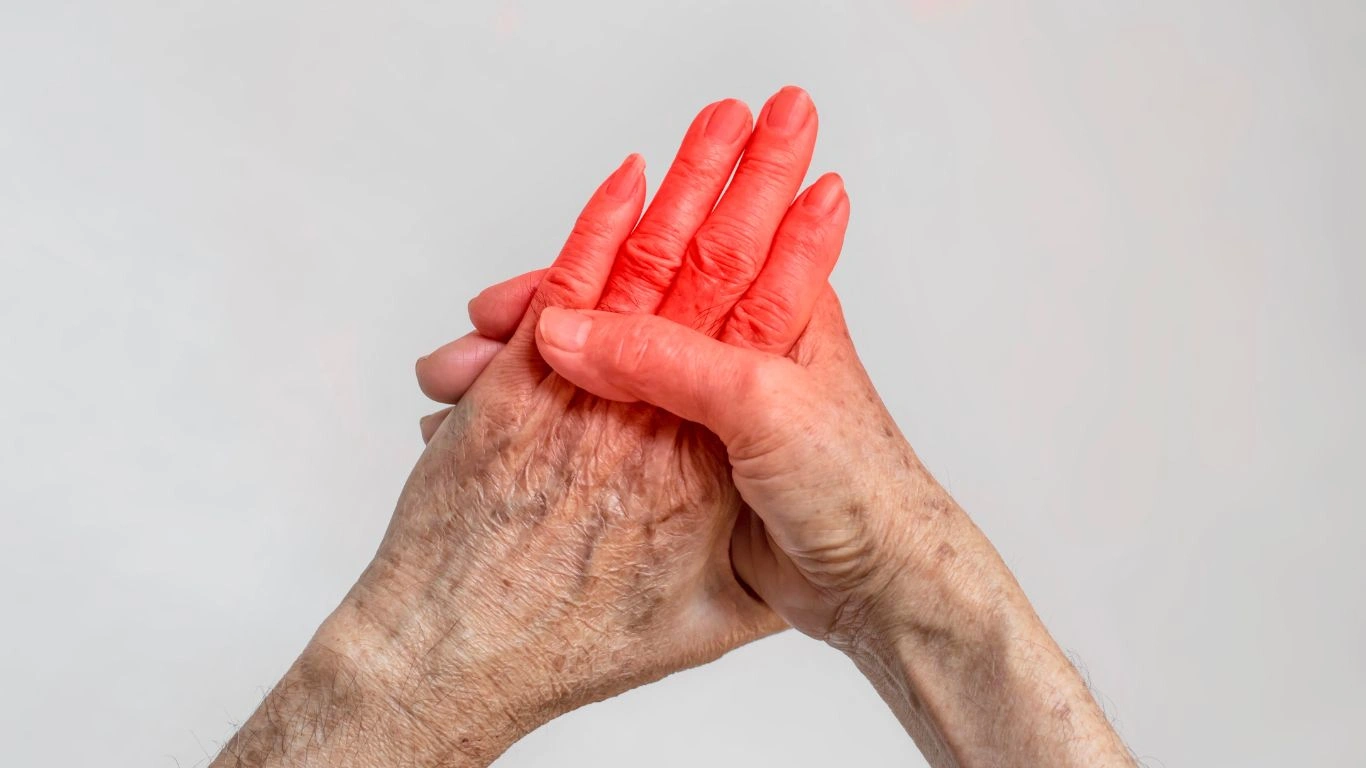
One of the biggest questions I get from patients is, “How do I actually fit these rheumatoid arthritis daily stretches into my busy life without feeling overwhelmed?” Honestly, I totally get it—between work, family, and everything else, adding a new habit can seem daunting. But here’s the thing: stretching for RA doesn’t have to take hours or be complicated. Even just 10 minutes a day can set the tone for better mobility and less pain.
From personal experience, I recommend anchoring your stretching routine to an existing habit. For example, some patients find it easier to stretch right after waking up, while others prefer doing it before bed. I’ve had patients tell me they squeeze in their stretches while watching their favorite TV show or during commercial breaks—that way, it doesn’t feel like a chore but more like a natural part of the day.
Try to create a cozy and quiet space for your stretches where you feel comfortable. Having a calm environment can make a huge difference because RA isn’t just physical; it can wear on your mental health too. Gentle stretching can actually help reduce stress and promote relaxation, which I always remind my patients is just as important as managing the physical symptoms.
Tips for Making It a Habit
- Set reminders: Whether it’s a phone alarm or a sticky note on your bathroom mirror, little nudges help build consistency.
- Start small: Don’t pressure yourself to do everything perfectly right away. Even a few stretches are better than none.
- Keep a journal: Track how you feel before and after stretching to stay motivated and notice improvements.
- Mix it up: Variety keeps things interesting and engages different joints and muscles.
- Celebrate progress: Every small gain is worth acknowledging—it’s all about quality of life.
Stretching Modifications During Flares

One of the trickiest parts of RA is dealing with flares—those days or weeks when inflammation spikes and pain skyrockets. I always tell my patients, “Flares are a sign to adjust, not to quit.” During these times, your usual stretches might need tweaking to accommodate heightened sensitivity.
Here are some important adjustments I suggest:
- Go slower and softer: Reduce the intensity and range of motion. Even tiny movements count.
- Use supportive tools: Things like heat packs before stretching can ease stiffness, or using a soft towel or strap to assist stretches can help without forcing the joint.
- Shorten your sessions: If 10 minutes feels too long, try just 3-5 minutes. The key is to keep some movement without overdoing it.
- Focus on relaxation: Incorporate deep breathing and mindfulness during your stretches to help calm the nervous system and reduce pain perception.
From what I’ve observed, patients who honor their body’s limits during flares tend to recover faster and maintain better long-term joint function. Remember, listening to your body is the best guidance.
Beyond Stretching: Other Movement Tips for Rheumatoid Arthritis
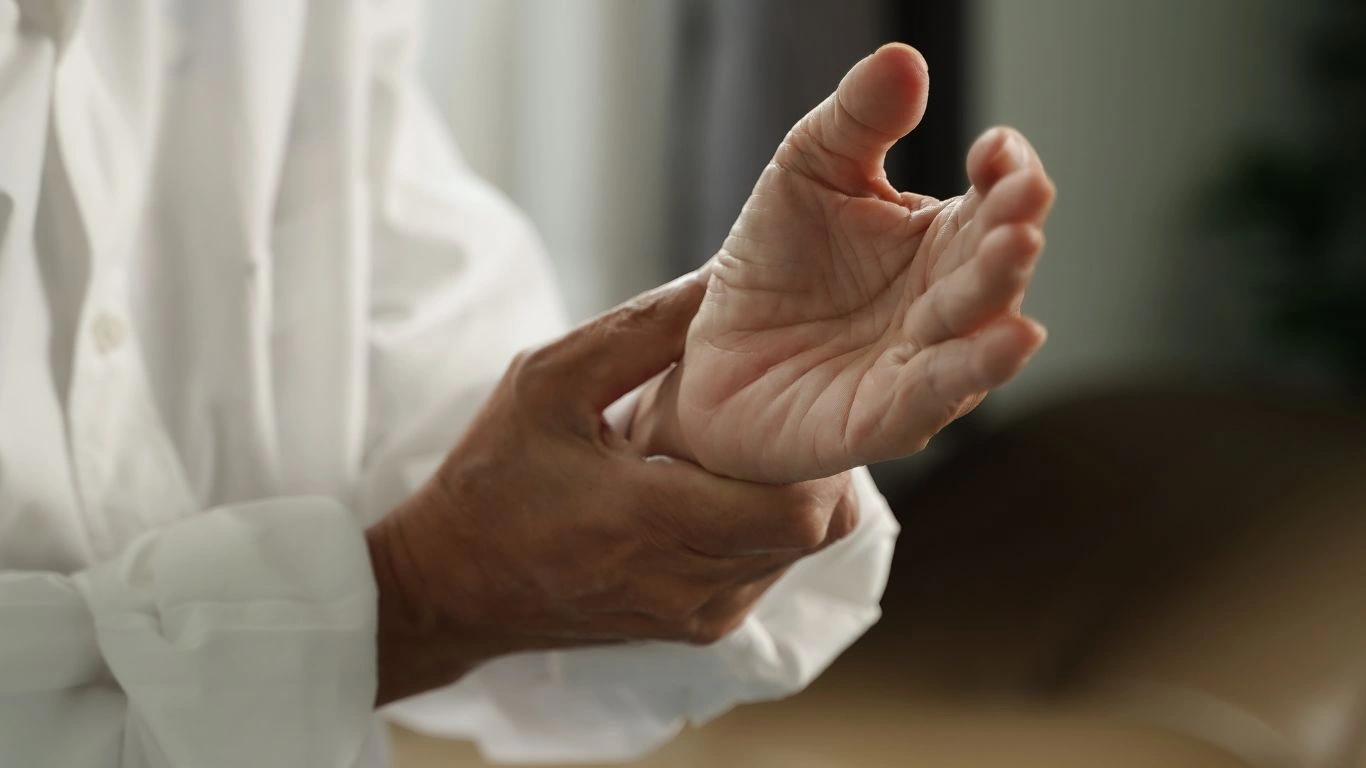
While daily stretches are a fantastic foundation, combining them with other forms of movement can amplify benefits. Based on years of working closely with RA patients, I often encourage adding gentle aerobic activities like walking or swimming, which help boost overall cardiovascular health and reduce inflammation.
Here are a few ideas to complement your stretching routine:
- Low-impact aerobic exercise: Swimming, cycling, or walking can increase endurance without stressing joints.
- Strength training: Light resistance exercises help build muscles that support your joints—just be sure to use proper form to avoid injury.
- Balance exercises: Simple moves like standing on one foot or heel-to-toe walking improve stability and prevent falls.
One of my patients once shared how starting a water aerobics class changed her perspective on managing RA. She said it wasn’t just the physical relief she gained but the community and confidence she built that made a huge difference. That’s why movement isn’t just about the body—it’s about the whole experience of living well with RA.
Ultimately, the goal is to create a lifestyle that feels sustainable and empowering. Stretching every day is a powerful step, but remember it’s just one piece of the puzzle.
Staying Motivated: My Personal Tips for Rheumatoid Arthritis Daily Stretches

Let me be real for a second—sticking to a daily stretching routine when you have rheumatoid arthritis isn’t always easy. Some days, your joints might feel too sore, or the fatigue might just take over. Having worked with countless patients over the years, and having seen some of their ups and downs, I want to share a few personal strategies that have helped me and those I care for stay consistent.
Make It Your “Me Time”
I often remind patients that these stretches aren’t just about joints or muscles—they’re a moment to check in with yourself. When I first started recommending stretches to my patients, many told me how it helped them feel grounded, almost like a mini mindfulness practice. Try pairing your stretching with deep breathing or your favorite calming music. Turning this time into a little ritual can make a big difference in motivation.
Celebrate Small Wins
Progress with RA isn’t usually dramatic overnight. So, it’s important to notice the small victories—like being able to open a jar with less pain or waking up with a bit less stiffness. I’ve seen firsthand how acknowledging these small wins helps build momentum and encourages patients to keep moving forward.
Use Tools and Props
From hand therapy balls to yoga straps, simple tools can make stretching easier and more effective. Personally, I recommend these props especially when patients struggle with limited grip strength or range of motion. They help you stretch without pushing too hard, which is key for protecting your joints.
Connect with Others
Community support is powerful. Whether it’s a local arthritis support group, an online forum, or a friend who stretches alongside you, having someone to share the journey with makes it less isolating. Some of my patients swear by group classes or virtual stretch sessions—they find it motivating and fun!
When to Seek Professional Guidance
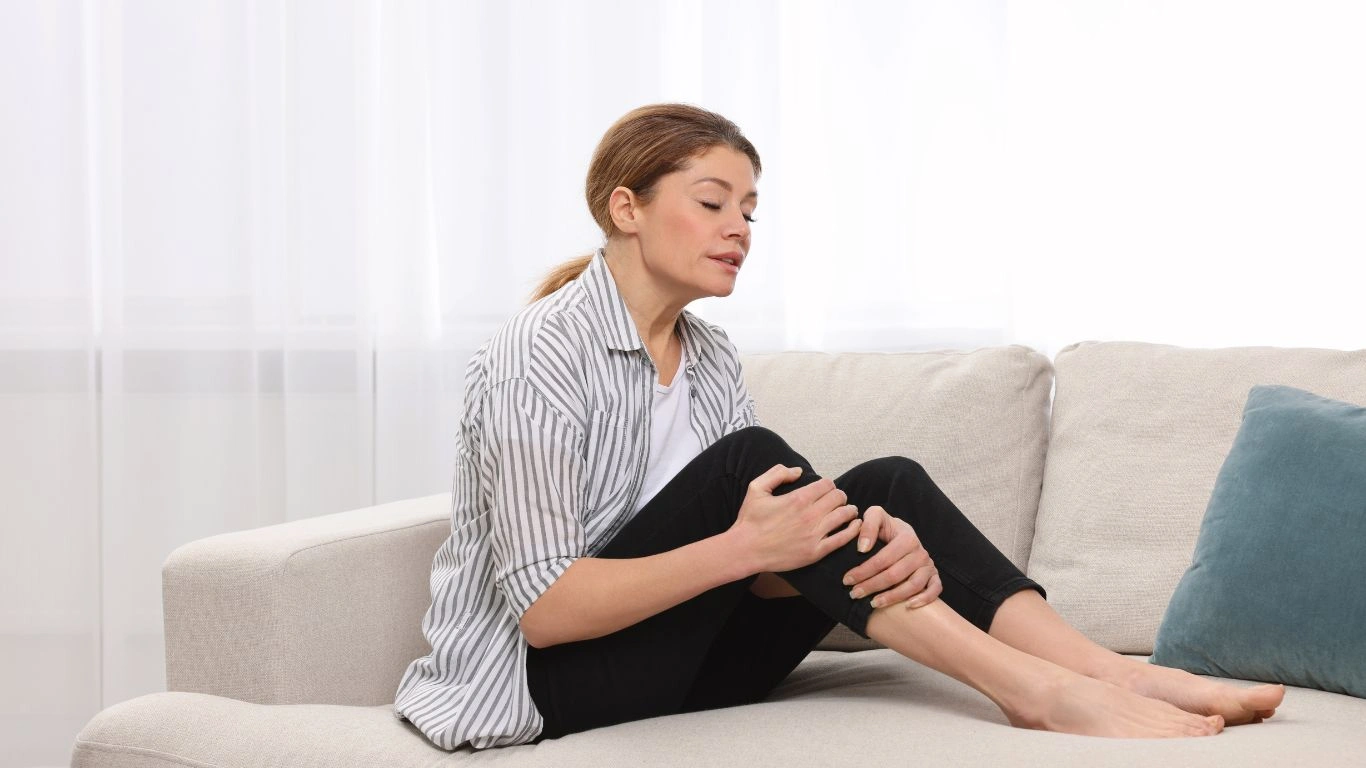
While daily stretches are fantastic, they aren’t a one-size-fits-all solution. Sometimes, symptoms can become complicated, or certain stretches may not be safe without professional input. Here’s when you should definitely reach out to a healthcare provider, like a physical therapist or a rheumatology nurse practitioner (trust me, we love to help!):
- Persistent or worsening joint pain: If stretches consistently cause sharp pain or swelling.
- New joint deformities or loss of function: This could signal disease progression that needs medical attention.
- Difficulty performing daily activities: When simple tasks become a real struggle despite stretching efforts.
- During flares that don’t improve: To get tailored advice on how to modify your routine safely.
Professional guidance can help you get personalized exercise plans that address your unique needs, ensuring you’re doing the right stretches and movements without risking injury.
Resources & References for Rheumatoid Arthritis Care
For anyone wanting to dive deeper into managing rheumatoid arthritis or looking for credible information, these trusted sources are a great place to start:
- American College of Rheumatology
- Arthritis Foundation
- National Institute of Arthritis and Musculoskeletal and Skin Diseases
These organizations offer excellent educational materials, tips for symptom management, and updates on the latest treatments. Plus, many provide videos demonstrating safe exercises and stretches that are perfect for people with RA.
Disclaimer
This article is intended for informational purposes only and is not a substitute for professional medical advice, diagnosis, or treatment. Always consult your healthcare provider before starting any new exercise or stretching routine, especially if you have rheumatoid arthritis or other chronic conditions. Individual results may vary, and what works for one person may not be suitable for another.

Tarra Nugroho is a dedicated Nurse Practitioner with a strong foundation in family and preventive care. She brings both compassion and clinical expertise to her practice, focusing on patient-centered care and health education. As a contributor to Healthusias.com, Tarra translates medical knowledge into clear, empowering articles on topics like women’s health, chronic disease management, and lifestyle medicine. Her mission is simple: help people feel seen, heard, and informed—both in the clinic and through the content she creates. When she’s not caring for patients, Tarra enjoys weekend hikes, plant-based cooking, and curling up with a good health podcast.

